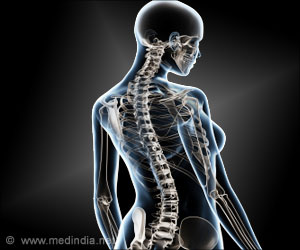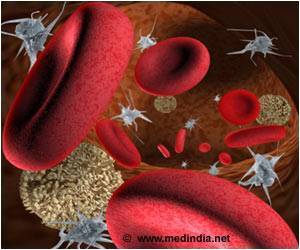‘Education regarding a womans skeletal health risks is important during the menopause transition.’
According to Dr. Michael McClung, a member of the NAMS board and Co-Lead of the Editorial Panel for the 2021 Osteoporosis Position Statement, NAMS reviewed data on these therapies, as well as on emerging treatment modalities, when drafting its findings.
Highlights from the 2021 position statement on osteoporosis management include approximately half of women aged 50 years will experience a fracture related to osteoporosis in their lifetimes.
Estrogen deficiency at menopause is the primary cause of bone loss that leads to osteoporosis.
Even with optimal general measures such as good nutrition and regular physical activity, osteoporosis progresses with advancing age unless it is treated. Life-long management is required once the diagnosis has been made.
Hormone therapy is the most appropriate choice to prevent bone loss at the time of menopause for healthy women, particularly those who have menopause symptoms.
Bone mineral density measured while on treatment correlates with the patient’s current risk of fracture, providing justification for the use of the T-score at the hip as an appropriate clinical target guiding choices of therapy.
Although anti-remodeling drugs are chosen to treat most patients with osteoporosis, a new paradigm of beginning treatment with a bone-building agent followed by an anti-remodeling agent is recommended for women at very high risk of fractures.
This new position statement on osteoporosis provides clinicians with a practical guide to assessing and managing bone health in postmenopausal women and emphasizes an individualized approach with regular follow-up and adjustment based on changing clinical needs and patient preference.
Source: Medindia



